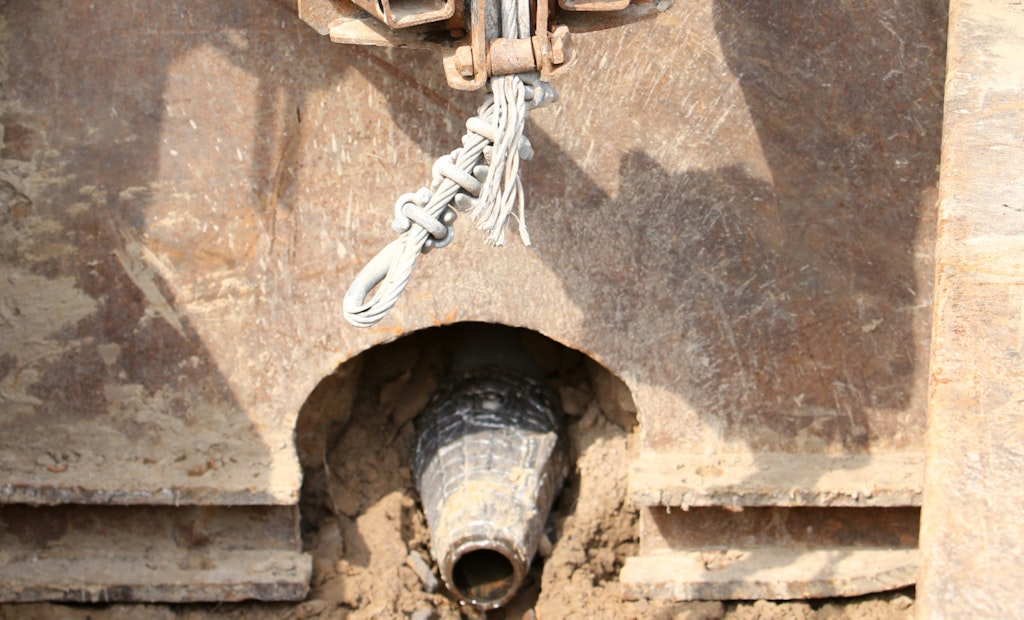
A partially collapsed line that may completely collapse if cleaned is one factor that makes bursting a better fit for a job over CIPP lining.
Interested in Relining/Rehab?
Get Relining/Rehab articles, news and videos right in your inbox! Sign up now.
Relining/Rehab + Get Alerts“I’m looking to add a trenchless pipe rehab method to my service offerings, but can’t decide between pipe bursting and CIPP lining. They both look like good technologies, but if you had to choose one, which one would you choose?”
Trying to choose one over the other is like trying to decide whether you should buy a CCTV inspection camera or a drain cleaning machine to fix drains. Your drain cleaning machine may get roots and other debris out of a line, but when you are finished, do you know for sure you’ve fully taken care of the problem? A camera may be able to push through a clog enough to drain the line, but you could hardly say you’ve fixed the problem and just leave.
Both are useful tools depending on exactly what you are trying to accomplish. What does this have to do with two competing sewer rehabilitation methods?
Like drain cleaning tools, pipe bursting and CIPP lining are best suited for different purposes. When a sewer pipe is partially collapsed and cleaning it may completely collapse it, pipe bursting is the preferred choice for rehabilitation. If you can get both ends of the line open and string a cable from one end to the other, a burst may be the best choice over lining or dig-and-replace.
But there are also situations where bursting may not be ideal. If you don’t have the luxury of opening up both ends of the pipe, with access at only one end either through an excavation pit or a clean-out, then lining becomes a better choice. If digging a hole at the main is not recommended by the sewer agency or too costly, most contractors would prefer to perform a “blind shot” with CIPP to fix the sewer lateral, assuming you can get it cleaned and relatively rounded out for lining.
“But the sales people I’ve talked to tell me that their product is better and to not waste my time buying anything other than what they have to sell.”
Welcome to the world of sales. If a sales guy has a tool to sell and that’s all he has, do you think he’s going to explain what his competition’s tool does and why you should consider using that? No, his job is to sell you what he has, and painting his product in the best light so you will buy it is his goal.
My advice is to evaluate the type of work you intend to do, check out the various tools to see if they are the best fit for that type of work, and buy accordingly. Some situations may direct you to pipe bursting while another directs you lining. Others may show you that you need both technologies to complete your mission. Cable machine or jetter? Pipe bursting or lateral lining equipment? Cast iron or plastic? The different options that you have in this industry all depend on your situation.
About the Author
John Heisler is the owner of Pipe Lining Supply and Quik-Lining Systems Inc. He has 20 years of experience in the CIPP lining industry and over 40 years in the underground construction industry.





